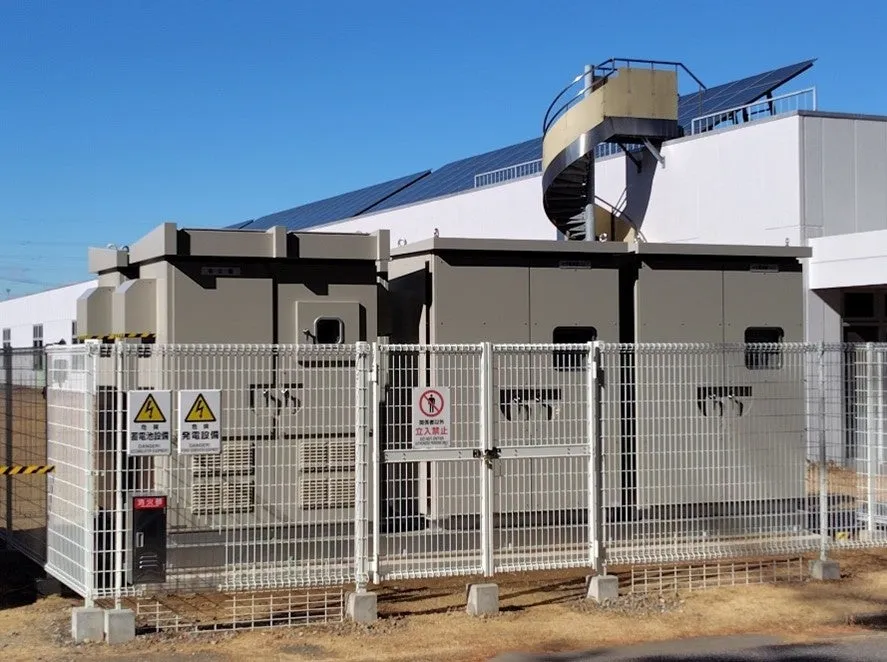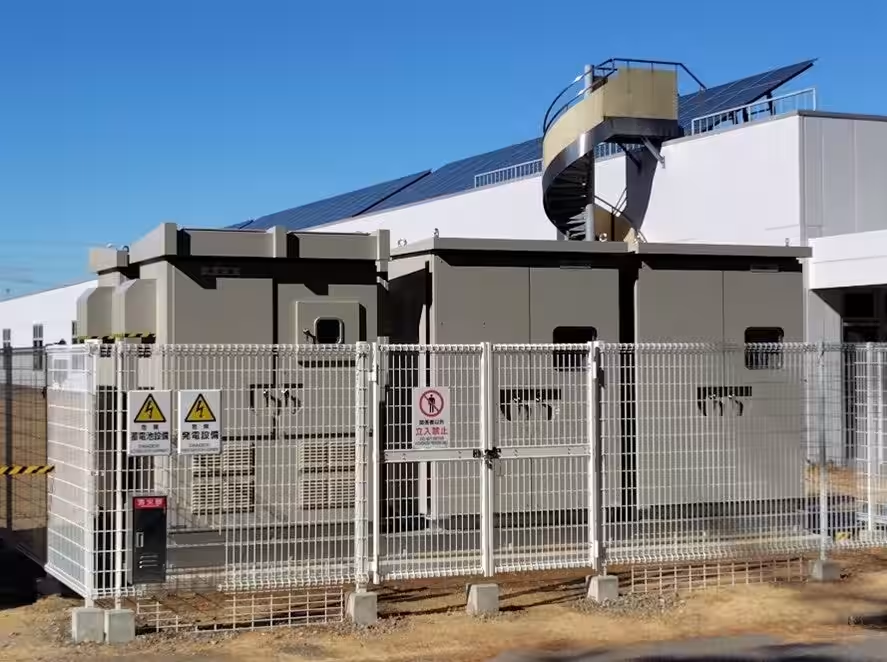

Hitachi Industrial Systems Unveils Next-Generation Inverter for Stable Power in Renewable Energy Era
Hitachi Industrial Systems Introduces Advanced Grid-Forming Inverter
Hitachi Industrial Systems has taken a significant step toward advancing renewable energy technology with the recent installation of the Grid-Forming Inverter (GFM) at its Narashino facility in Chiba, Japan. Set to commence operations in April 2025, this groundbreaking technology is designed to address the anticipated challenges in power stability due to the growing use of renewable energy sources.
Understanding the Need for GFM Technology
As Japan transitions towards a carbon-neutral society, the integration of renewable energy is crucial, particularly given the country’s reliance on a mix of power sources, including traditional thermal generation. However, as renewable installations rise, there is a notable decrease in the inertial support typically provided by fossil fuel power plants. This imbalance raises concerns about maintaining frequency stability in the electric grid, which is vital for the proper functioning of electrical devices and the prevention of large-scale power outages.
Role of the Grid-Forming Inverter
The GFM is equipped with the unique ability to simulate inertial forces, thereby contributing to the stability of the electrical grid even as conventional sources decline. Often referred to as a virtual synchronous generator control (VSG) inverter, the GFM can autonomously create a microgrid environment, allowing multiple units to work together to form a self-sustaining power system. This capability holds promise for improving electricity resilience, particularly for businesses and municipalities looking to establish more localized power solutions.
Narashino Facility: Cutting-Edge Implementation
At the Narashino facility, Hitachi Industrial Systems has installed a solar power system totaling 81.9kW through a combination of new (54kW) and existing (27.9kW) installations. The initiative aims to reduce greenhouse gas emissions by 39.2 tons of CO2 annually, signifying a strong commitment to environmental responsibility.
The system comprises two main components:
1. AC Microgrid Formed by GFM: The GFM units operate in parallel to establish an AC microgrid that remains functional even if there are fluctuations in solar power generation. This ensures stable electricity supply to critical infrastructure, including water pumps and internal communication systems.
2. DC Microgrid for Enhanced Resilience and CO2 Reduction: A DC power network has been established to drive the facility's equipment. This configuration allows for more efficient energy distribution, reducing conversion losses compared to traditional AC systems. Surplus solar power not only charges battery storage but can also be fed back into the commercial AC grid, maximizing resource utilization. In the event of an AC power failure, the system can still provide backup power using stored energy.
Given its environmentally friendly technology, the GFM system has also secured funding from Japan's Ministry of the Environment under the initiative for promoting renewable energy as a primary source and enhancing resilience in emergency situations.
Looking Ahead: The Future of Power Stability
Hitachi Industrial Systems is dedicated to fostering sustainable and resilient energy solutions that adapt to the changing energy landscape. With the introduction of the GFM technology, the company is taking a proactive approach to addressing the challenges posed by a growing reliance on renewable energy sources, setting a remarkable example for others in the industry.
For a deeper understanding of the technical features of the GFM and to see the installation at the Narashino facility in action, viewers are encouraged to check out the visual presentation available here: Hitachi GFM Overview.
About Hitachi Industrial Systems
Hitachi Industrial Systems is committed to enhancing productivity across various sectors, including data centers, battery production, and pharmaceuticals, through its range of efficient products such as compressed air systems and grid-edge technologies. By leveraging innovative solutions and comprehensive support services throughout the product lifecycle, the company strives to deliver maximum value to customers while contributing to a more sustainable society. For further details, visit the Hitachi Industrial Systems website at hitachi-ies.co.jp.

Topics Consumer Products & Retail)










【About Using Articles】
You can freely use the title and article content by linking to the page where the article is posted.
※ Images cannot be used.
【About Links】
Links are free to use.